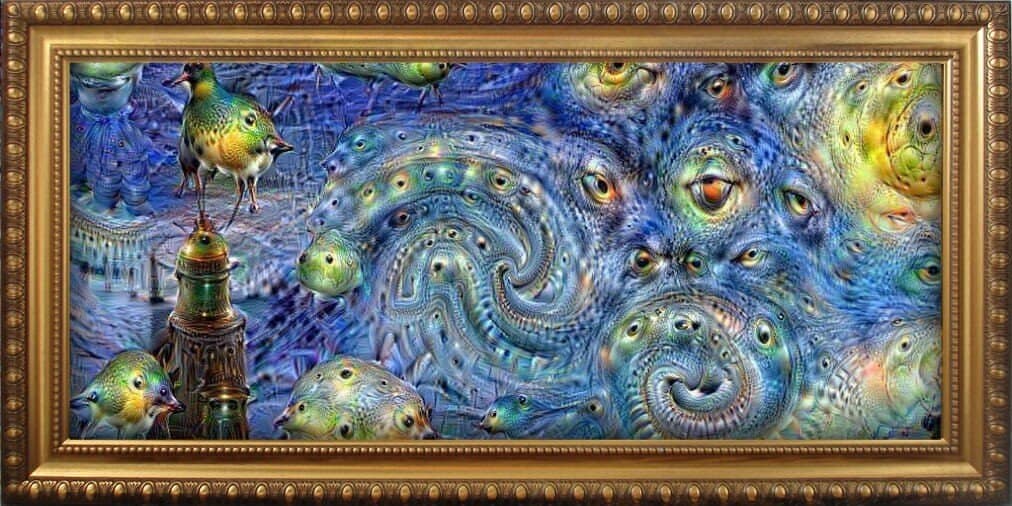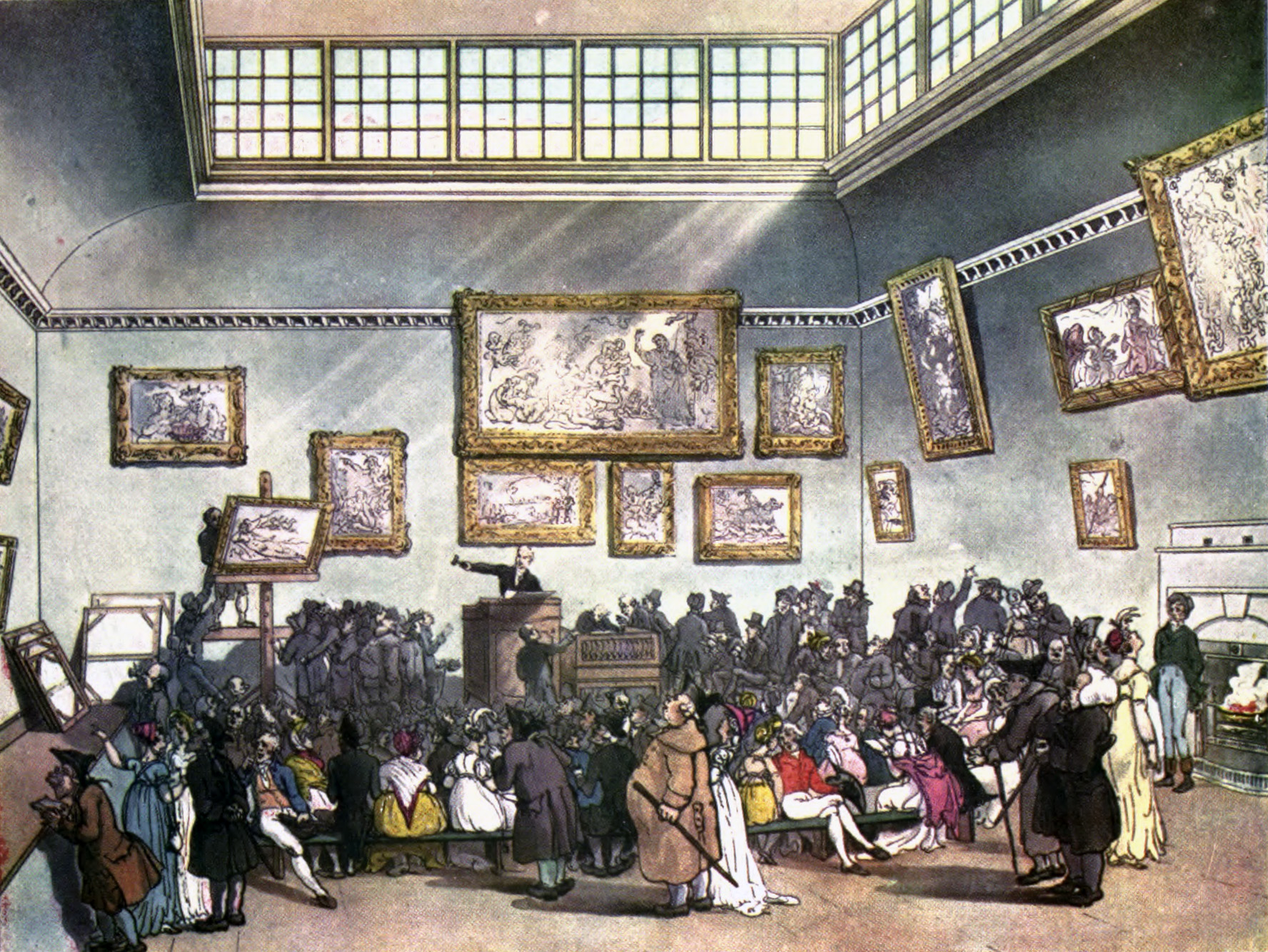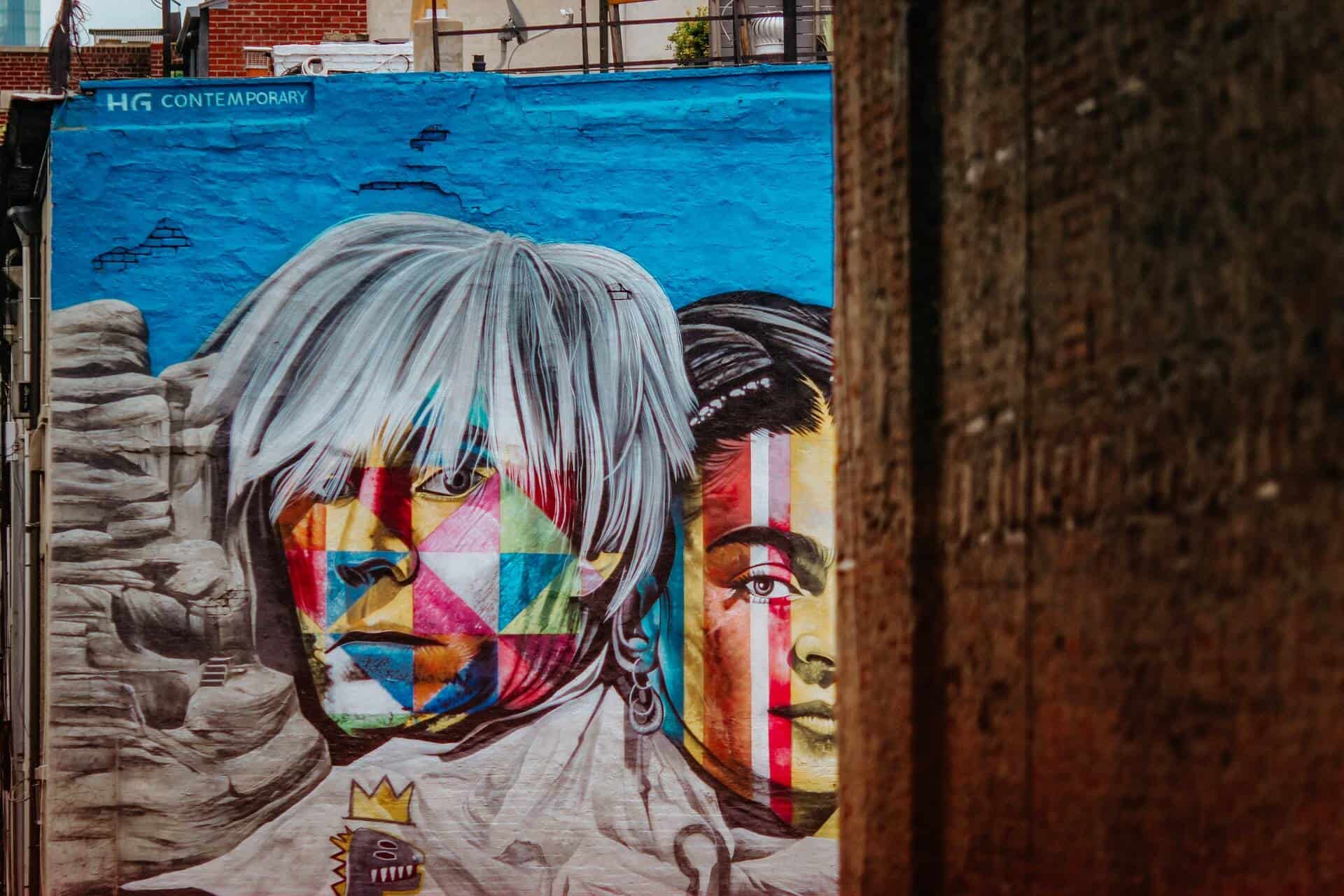Exploring the value of AI-generated art


Modern tales of AI generated art generally start with the historic auction of Portrait of Edmond Belamy in October 2018, but AI generated art as an artform has been around much longer. In fact, a teenager named Robbie Barrat actually wrote the code that made the Obvious‘ computer-generated artwork possible. Portrait of Edmond Belamy famously went on to break records at Christie’s on October 25, 2018, when the computer-created painting sold for $432,500–shattering Christie’s original estimates of $7,000 to $10,000.
AI-generated art is created using artificial intelligence – systems “that mimic human intelligence to perform tasks and can iteratively improve themselves based on the information they collect.” Artificial intelligence learns on its own, like a chatbot or even Google results, and can be tailored over time. Right now, general adversarial networks, also known as GANs, offer the most popular technology for creating AI-generated art.

A GAN pits two algorithms against each other in a competition to study the topic they’re programmed to interrogate–together, they learn to accomplish their task with startling accuracy. GANs can learn to build an image from an outline, create a realistic picture from text, and even fabricate deepfakes–all depending on how they’re programmed.
Now, what is value in art–that’s a more complex question.
At its most foundational, value in art comes from the physical effort put into creating it. The lack of physical materials involved with AI generated art raises eyebrows, but creating and arranging the correct programs is intellectually intensive. Some articles grasp at a connection between AI-generated art and the art we know, likening the rising form to conceptual art. Others say the ephemeral programming process behind AI-generated art is too removed to fit that classification–even though Obvious did sign the algorithm they harnessed to create Portrait of Edmond Belamy in the work’s lower right corner.

If anything, AI generated art actually scaffolds itself so far against Renaissance aesthetics, perhaps the most visually recognizable aesthetic of art historical excellence. A Spring 2019 exhibition of AI generated artworks titled “Faceless Portraits Transcending Time” at HG Contemporary in Chelsea, NYC solidified the relationship with AI artworks evocative, once again, of court portraiture.
Value in art comes from visual appeal too, but that’s different from representational precision. Some artists have tried to bottle lightning twice, taking their AI generated works to auction in the wake of the Obvious windfall, but in November 2019 La Baronne de Belamy sold for a disappointing $25,000–and hopefully not just because she’s a woman. That followed Mario Klingemann’s March 2019 auction Memories of Passersby, which went for “just” $51,000 at Sotheby’s in London–even though some writers have noted Klingemann’s work is “technically superior” to the Belamy series.
Like people, the best looking artworks aren’t always the most compelling. And much like traditional Sumi ink holds the spirit of the wood and animal soot that make it, AI generated art that goes for big prices captures some spark of spirit from the machine process itself to say something universal about us. A good buzz dominates, and can completely flatten other attributes.
Andy Warhol famously said “art is whatever you can get away with.” AI generated art keeps proving him right.

Read related posts:
- HENI to launch Color Rhythms collection by MadC
- Lamborghini Will Auction a Supercar NFT
- As crypto craters, scammers go after wallet keys
Disclaimer
In line with the Trust Project guidelines, please note that the information provided on this page is not intended to be and should not be interpreted as legal, tax, investment, financial, or any other form of advice. It is important to only invest what you can afford to lose and to seek independent financial advice if you have any doubts. For further information, we suggest referring to the terms and conditions as well as the help and support pages provided by the issuer or advertiser. MetaversePost is committed to accurate, unbiased reporting, but market conditions are subject to change without notice.
About The Author
Vittoria Benzine is a Brooklyn-based art writer and personal essayist covering contemporary art with a focus on human contexts, counterculture, and chaos magic. She contributes to Maxim, Hyperallergic, Brooklyn Magazine, and more.
More articles

Vittoria Benzine is a Brooklyn-based art writer and personal essayist covering contemporary art with a focus on human contexts, counterculture, and chaos magic. She contributes to Maxim, Hyperallergic, Brooklyn Magazine, and more.

















































